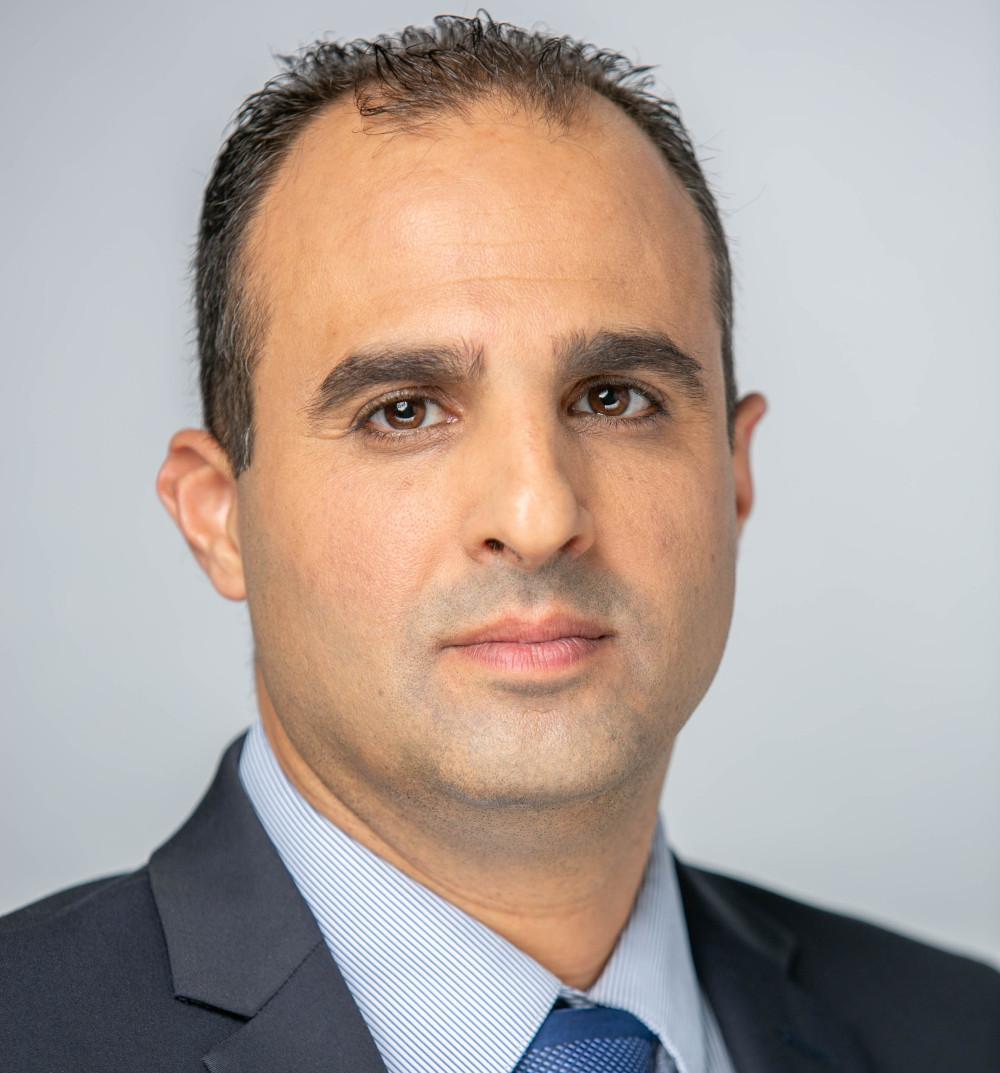
Ido Ben Cnaan, vice president and general manager for the MRO division at Israel Aerospace Industries.
Following last year’s approvals for CFM International Leap-1A and-1B engine maintenance, Ido Ben Cnaan, vice president and general manager for the MRO Division at Israel Aerospace Industries’ (IAI) Aviation Group, discusses how ramp-ups for the program are progressing and what future developments he sees in the wider engine repair market.
IAI inducted its first Leap engine in late 2024. From this year to 2026, IAI plans to induct 80-100 Leap engines annually. Is IAI on course to achieve this and what has the flow of inductions looked like since receiving the first Leap?
We are in the process of signing several large contracts for Leap engines, including offload agreements with major players in the market. IAI's current capacity is 80 Leap engines per year, and we expect to launch close to that number by [end of year]. In 2026, we will complete the certification of the test cell for Leap engines, which will further enhance our capabilities and allow the induction of a larger quantity as well as more complex shop visits.
What is the timeline to build extra engine shop capacity in Tel Aviv with further testing capacity?
In 2027, IAI will complete a new engine shop for narrowbody engines, including the Leap engines, with a capacity of 250 shop visits per year. This is in addition to the current facility, which will continue to serve the legacy engines: [CFM International] CFM56-3, CFM56-5B, CFM56-7B, [IAE] V2500 and [Pratt & Whitney] PW4000. We are already actively recruiting top engineers, skilled mechanics and technicians to meet the growing demand and the greatly increased demand for the new facility that will open. Starting this process now will ensure that we have many highly experienced personnel in place by the time the new facility opens. We will continue to recruit the best and finest from the top universities.
Do you expect to see more MRO providers join new-generation engine repair networks over the next 1-2 years? What sort of arrangements between OEM and MRO do you expect to see?
We anticipate more MRO providers will join certified repair networks for new-generation engines in the coming years to help address capacity constraints. OEMs actively support this expansion to ensure sufficient resources are available for shop visits. Moving forward, OEMs and MROs are likely to collaborate more closely than in the past, with increased reliance on networking and offloading arrangements to optimize repair capacity and meet industry needs.
How do you see the engine repair market further developing this year for new repair capabilities?
Repair development plays a crucial role in reducing engine maintenance costs. New-generation engines, constructed with advanced materials like composites, 3D-printed components and ceramic matrix composites, require repair processes that leverage advanced technologies. Traditional methods, such as manual welding, may no longer meet these demands. Moreover, the demand for repairs will grow as engine flight hours increase. OEMs are adapting to these challenges, and we believe MROs will continue to play a vital role in supporting OEM repair initiatives. To address the repair needs of new-generation engines, IAI has recently invested in advanced technologies, including laser cladding and automated grinding equipment. These investments reflect our commitment to staying ahead of the industry’s evolving demands.
What do you see as the main challenges for the engine repair market this year? Will it be capacity or are there other considerations?
Capacity remains a significant challenge, particularly for new-generation engines, as resources shift toward addressing their repair demands. However, legacy engines will also require ongoing attention during this transition. We are committed to maintaining a balance, ensuring continued support for legacy engines while increasing capacity for new-generation engines. Additionally, supply chain challenges are expected to persist, driven by high demand for new parts. While these challenges will gradually improve, they underscore the importance of planning and collaboration within the industry.





